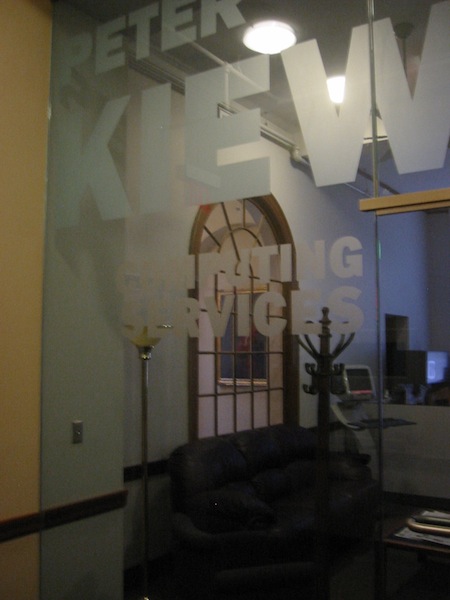The Dartmouth writes on proposed amendments to the Town’s zoning ordinances, including amendments that deal with athletic scoreboards. The minutes of the Planning Board from February 5 (pdf) state that Dartmouth has eight outdoor scoreboards and provide this background:
Bob Ceplikas, Deputy Director of Dartmouth Athletics, said there have been a lot of changes over the years with the set-up of Division 1 sports venues, including technology. It is more and more standard for Division 1 football stadiums to include video displays in their scoreboards. Dartmouth is now the only Ivy League school that does not provide video display. The Ordinance’s current language does not allow for scoreboards to exist as they currently do; it does not even allow for the score to be displayed. The Ordinance should be brought up to date to reflect the real purpose of an athletic scoreboard.
No comment on the possibility of a video display (one of the thrills of seeing a college football game in person is the presence of it: there is no replay, so you have to pay attention), but the idea that the scoreboard at Memorial Field could be redesigned is intriguing.
A generous donation of the Class of 1966, the scoreboard is informative, traditional, and appealing — but it could be made even better. The number of typefaces could be reduced from five or so to three. The various vertical surfaces could be brought into the same plane. The “TIME OUTS LEFT” text could be aligned in a more balanced way. A little more space could be given inside some of the white borders, and the general crowding and busyness could be reduced.
—–
[Update 06.09.2013: The text of the ordinance, as found in the March 12 Planning Board minutes (pdf), prohibits advertising:
Athletic scoreboards may display:
A. Information pertinent to the event and facility
B. Recognition of donors and sponsors by name only
C. Other general athletic or institutional information
D. Any other information customarily displayed on contemporary scoreboards, but not to include commercial advertising.
That should remove some concerns.]

